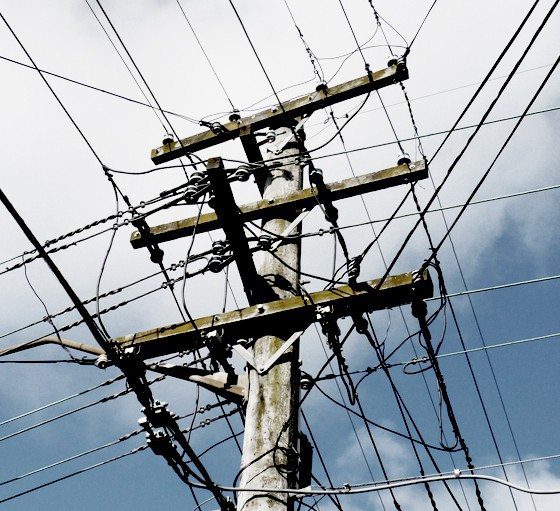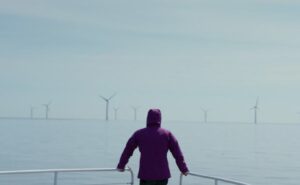As someone who publishes both in German and English, I have my work cut out for me when it comes to terminological niceties. Over the years, I have been told not to call renewables “intermittent,” but rather “variable.”
The use of “intermittent” certainly is well established for renewables; see this Wikipedia entry, for instance, which only mentions nuclear and coal in terms of reacting to intermittent energy – not as intermittent sources themselves. Likewise, “variable” sounds like the energy source is “capable of varying,” but wind and solar are not dispatchable. Taken literally, they are varying, but not variable.
But recently, someone finally took the time to explain to me why a clear distinction should nonetheless be made – with conventional plants being called intermittent and wind & solar called variable. The idea is that, while production of wind and solar power fluctuate (to use the German term), giant amounts of renewable generation capacity do not simultaneously go off-line.
Conventional plants can fail quickly. In a recent storm that hit Europe, the social media world was concerned about wind turbines being blown away, but I could not find any news of such a thing happening. We do know that the Ringhals nuclear plant, with a capacity of 878 MW, failed completely, however, as one of its blocks did again just a few weeks later.
In North America, the recent Arctic cold knocked out power plants across the country, with 39,500 MW going off-line in a single day within the PJM grid, 21 percent of PJM’s total generation capacity. Roughly 19,000 MW was coal plants, followed by 9,000 MW of natural gas turbines, 1,600 MW of nuclear (probably a single plant), and “nearly 1,500 MW of wind.” (One wonders whether it was the wind turbines themselves that failed or grid connections to the turbines.)
The PJM area was not alone, either. In Texas, 3,700 MW of conventional capacity had to be shut down during the polar vortex, but my favorite part of the report is where the official “declines to name” the specific plants that were affected. So much for market transparency, not to mention the public’s right to information. Our colleagues at Think Progress have more details on the matter in Texas.
A similar situation is reported for Australia, where solar power has helped curb demand for conventional power during the recent record heatwave.
I’m not arguing that wind and solar are more reliable than conventional plants. They are simply unreliable in different ways. Gigantic plants switching off suddenly can cause quite a ripple on the grid, and such events are more frequent than those who praise the reliability of fossil and nuclear wish to admit. Germany’s installed generation capacity has always been greater than its peak power demand, generally by around 20 percent (the situation is similar in France). And the Reuters report from which I took the failure figures above also mentions, without explicitly putting the two figures into the same context, that the PJM grid’s 189,654 MW of total generation capacity was built to serve a maximum demand of 141,312 MW – a clear sign that fossil and nuclear plants require considerable backup capacity in the US as well.
In a way, the German “fluctuating” best describes solar & wind; once again, German is more precise. But it is worth noting, as one colleague pointed out, that the IEA itself makes the above distinction and calls renewables variable, not intermittent. Variable renewables and intermittent conventional it is!
Craig Morris (@PPchef) is the lead author of German Energy Transition – where this post was originally published. He directs Petite Planète and writes every workday for Renewables International.








